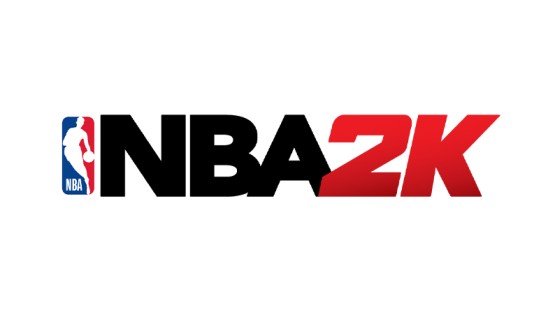5 Ways IoT is Changing Mobile Gaming Industry
The Internet of Things, otherwise known as IoT, is integral to the growth of the gaming industry. Every modern gaming platform is a part of the IoT – a global network that includes any device with an online connection.
Regardless of whether you’re playing mobile blackjack or fantasy football, IoT makes it possible to connect with others and engage in interactive experiences. It gives game developers valuable insight into our gaming habits and provides multiple benefits from a user-centric perspective.
The mobile gaming industry is constantly changing. These changes are leading to an unprecedented level of online interaction, and gaming on the go holds exciting possibilities for the future.
With that in mind, here are five of the latest mobile gaming trends that wouldn’t be possible without the treasure trove of information that is the IoT.
Also Read: Features to look out for when buying 14-inch gaming laptops
Ways IoT is Changing Mobile Gaming Industry
Personalized user experiences
Cumulatively, gaming devices send and receive vast amounts of data on a daily basis. A near-unfathomable amount of data and currency is being exchanged, and these exchanges of information and currency provide valuable insight into our personal preferences and spending habits.
With this usage information, video game developers are able to design their titles far more effectively. It allows them to focus their efforts to a finer point, leading to products that reflect the demands of an ever-changing market as accurately as possible.
What this means for the end user is that games become more appealing and more accessible. Free-to-play games are perhaps the best example of this dynamic in action; the profits they make are dependent solely on user interest, yet these games are earning more than any genre that requires an upfront purchase.
The ultimate goal is to create a product that can appeal to a mass audience while still providing the end user with a personalized experience. IoT brings us one step closer to achieving that goal.
Photo by Afif Kusuma on Unsplash
Social games
Billions of dollars and trillions of terabytes are being exchanged on a daily basis, and every device that engages in these transactions contributes to the benefits of IoT. Our global society has a voice, and that voice is the ‘collective conscience’ of our digital devices.
This social connectivity is what drives many of gaming’s latest developments. Playing with and against other people is appealing for most of us, and the ability to find a gaming community you can identify with is all thanks to IoT-based technologies.
The most popular games nowadays are either multiplayer or cooperative. That isn’t likely to change anytime soon, and the more feedback developers receive, the better their games can be in the future.
Even single-player games benefit from the social aspects of gaming. Whether you want to access an online walkthrough or follow a streamer who plays the games you enjoy, any action you perform online requires you to connect to others and draw from a collective network.
Greater variety
Because IoT brings our usage behavior to light, it can reveal a lot of insights that went unnoticed prior to globalization. In fact, it can even lead to the birth of entirely new genres, such as augmented reality games, for example.
If there’s a demand for any particular game or genre, you can rest assured that that need will be reflected in the feedback developers receive. This can lead to new genres, but it’s also incredibly useful for games that have already been released.
Live service games are a relatively recent development in the world of mobile gaming. Essentially, these games are always in the development process, and the gameplay and content they provide are constantly improved according to player feedback.
Photo by Onur Binay on Unsplash
Gamification for motivation
IoT has revealed that gaming can be of benefit to more than just the gaming industry. Gamification of non-gaming activities is on the rise, and the compelling loops of video games are being introduced to a variety of seemingly unrelated industries.
Education, health, and occupational training are but a few of the sectors of society that have felt the influence of IoT. The dynamics of gaming are making these activities fun and compelling, providing motivation where it’s needed most.
Gamifying daily activities is a trend that can be seen in almost every aspect of modern society, from the rewards systems of insurance membership to the 1,000 step-count achievement on your FitBit.
Consistent communication
Before the age of IoT came around, the bridge between gamers and developers was a far and precarious one. Communication was slow, and there was no instantaneous form of interaction. Developers had to release alphas and betas and then wait for feedback from testers, which usually came in the guise of lengthy forms and interviews.
Nowadays, players and developers can communicate throughout the day, no matter what time it is or where they are in the world. The relationship between gamers and creators is closer than ever before, which has led to open communication that benefits all parties involved.
Featured Image Credits Photo by Denny Müller on Unsplash
Chris Evan was born in Quebec and raised in Montreal, except for the time when he moved back to Quebec and attended high school there. He studied History and Literature at the University of Toronto. He began writing after obsessing over books.


